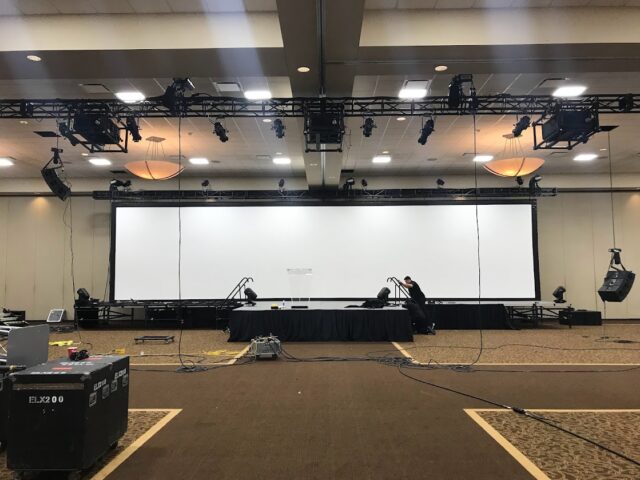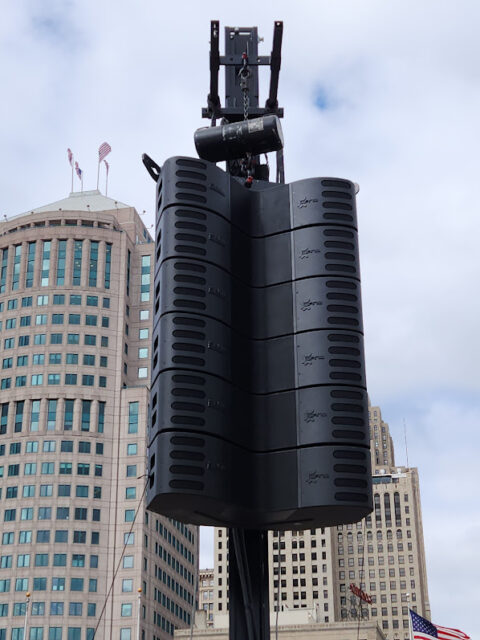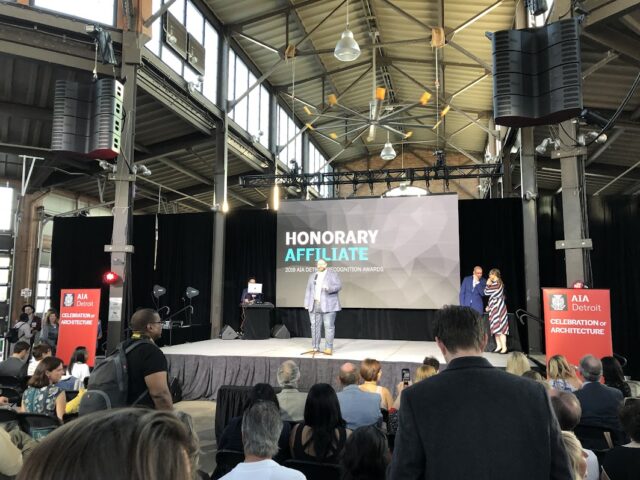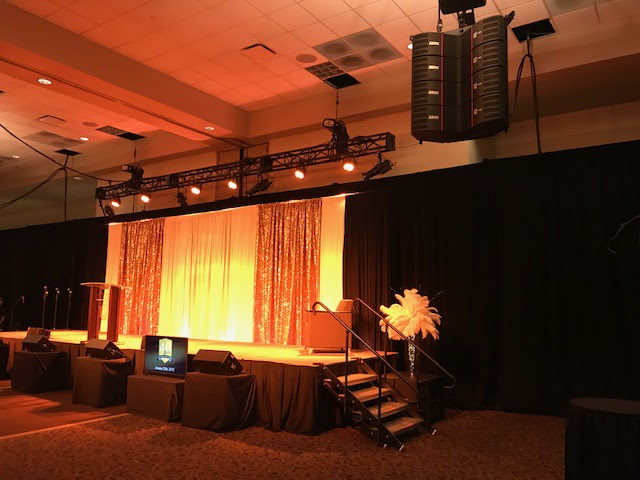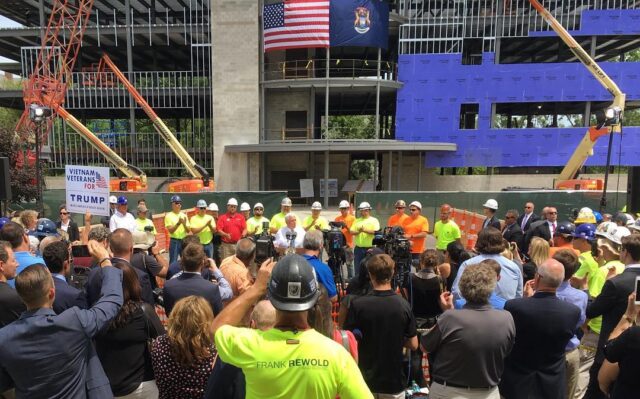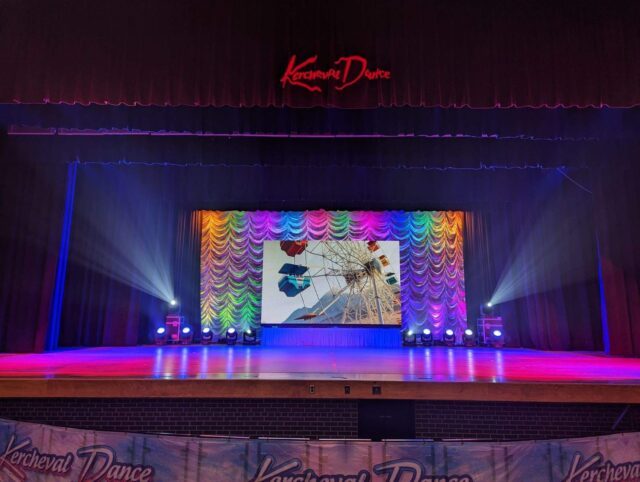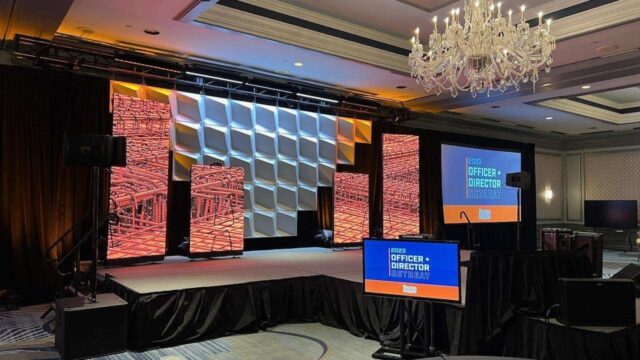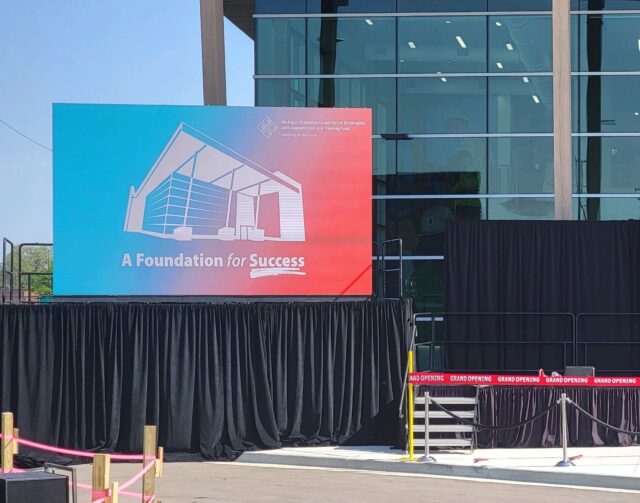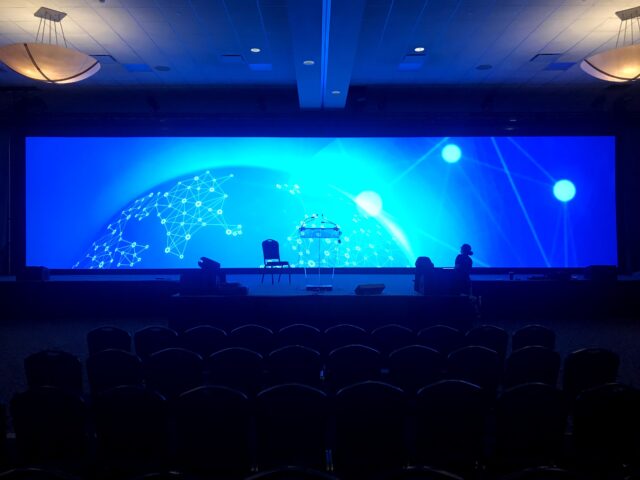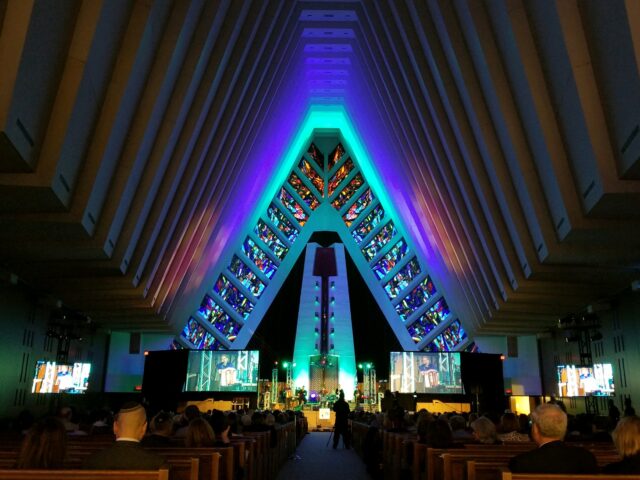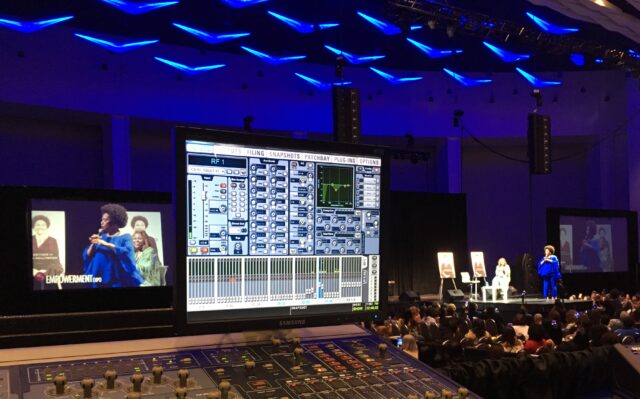Outdoor events, whether they’re concerts, weddings, or festivals, offer a unique ambiance that’s hard to replicate indoors. The open skies, natural scenery, and fresh air can make these events magical. But, when it comes to audio, outdoor settings present unique challenges. In this post, we’ll dive into the complexities of outdoor audio and provide tips to ensure top-notch sound quality.
Challenges of Outdoor Audio
- Natural Elements: Unlike controlled indoor environments, the great outdoors is fraught with unpredictable elements. Wind, rain, and even birds can interfere with your audio.
- No Boundaries: Indoors, walls and ceilings help contain and reflect sound, giving it natural amplification. Outdoors, sound can disperse quickly, leading to volume and clarity issues.
- Background Noise: The sounds of nature, traffic, or other distant events can create a backdrop of noise that competes with your audio.
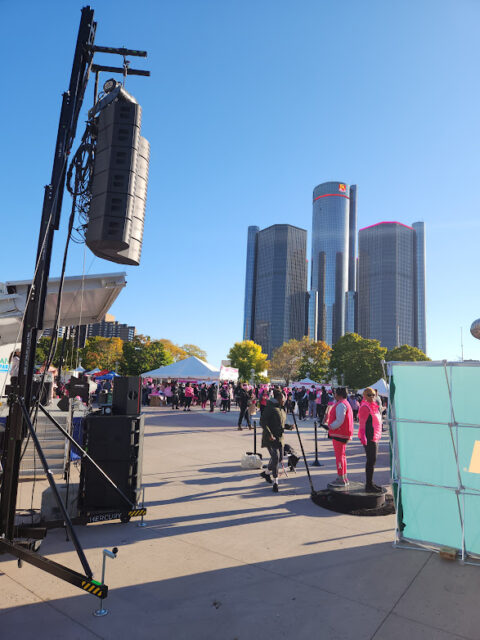
Tips for Stellar Outdoor Audio
- Use Directional Speakers: Directional speakers focus the sound in specific directions, which can help prevent it from getting lost in the vast openness of outdoor spaces.
- Mind the Position: Place speakers at ear level and angle them toward the audience. This helps ensure the sound travels directly to the listeners rather than over their heads.
- Sound Checks are Essential: Arrive early and conduct thorough sound checks. This will help you adjust for any unforeseen audio challenges, ensuring clear sound during the event.
- Weather-Proof Your Equipment: Invest in weather-resistant equipment or have protective covers on standby. Moisture from rain or dew can damage your equipment and hinder audio quality.
- Utilize Subwoofers: In open spaces, bass frequencies can dissipate quickly. Using subwoofers can help maintain the depth and richness of the audio.
- Consider Acoustic Treatment: Temporary structures like tents or canopies can reflect sound, similar to how indoor walls do. Using acoustic treatments can help manage these reflections and improve sound clarity.
- Limit Background Noise: While you can’t control all background noise, you can choose your location wisely. Avoid setting up near busy roads or other noisy areas. If possible, use barriers or buffers like shrubs or portable walls to block out unwanted sounds.
- Stay Updated on Weather Forecasts: Wind can be a significant adversary. Not only can it carry away your sound, but it can also introduce noise if it blows across microphones. Knowing the day’s forecast will allow you to prepare accordingly.
- Invest in High-Quality Microphones: For events that require live speaking or singing, choose microphones designed to minimize ambient noise pickup. Lavalier mics, shotgun mics, or handheld mics with windshields are excellent options.
- Engage a Professional: If audio is critical to your event’s success, consider hiring a professional audio technician. They’ll have the expertise and equipment to ensure optimal sound.
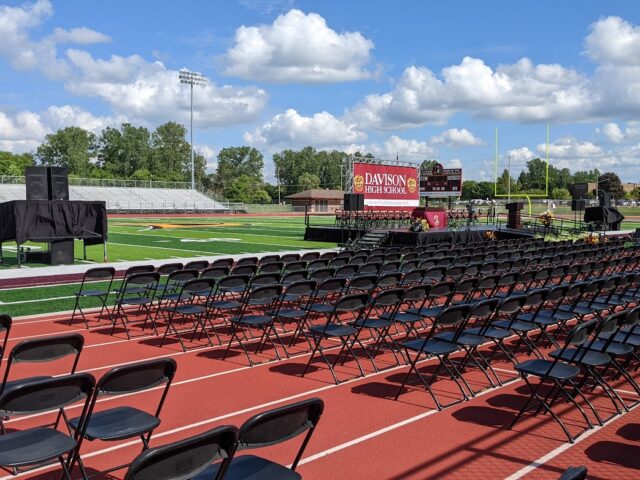
In Conclusion
Providing clear, robust audio at outdoor events demands foresight, planning, and the right equipment. With these tips, you’re better equipped to ensure your audience enjoys pristine sound quality, making your event a memorable experience. Whether you’re celebrating a special moment, sharing important information, or entertaining a crowd, the sound can make or break the experience, so give it the attention it deserves!

